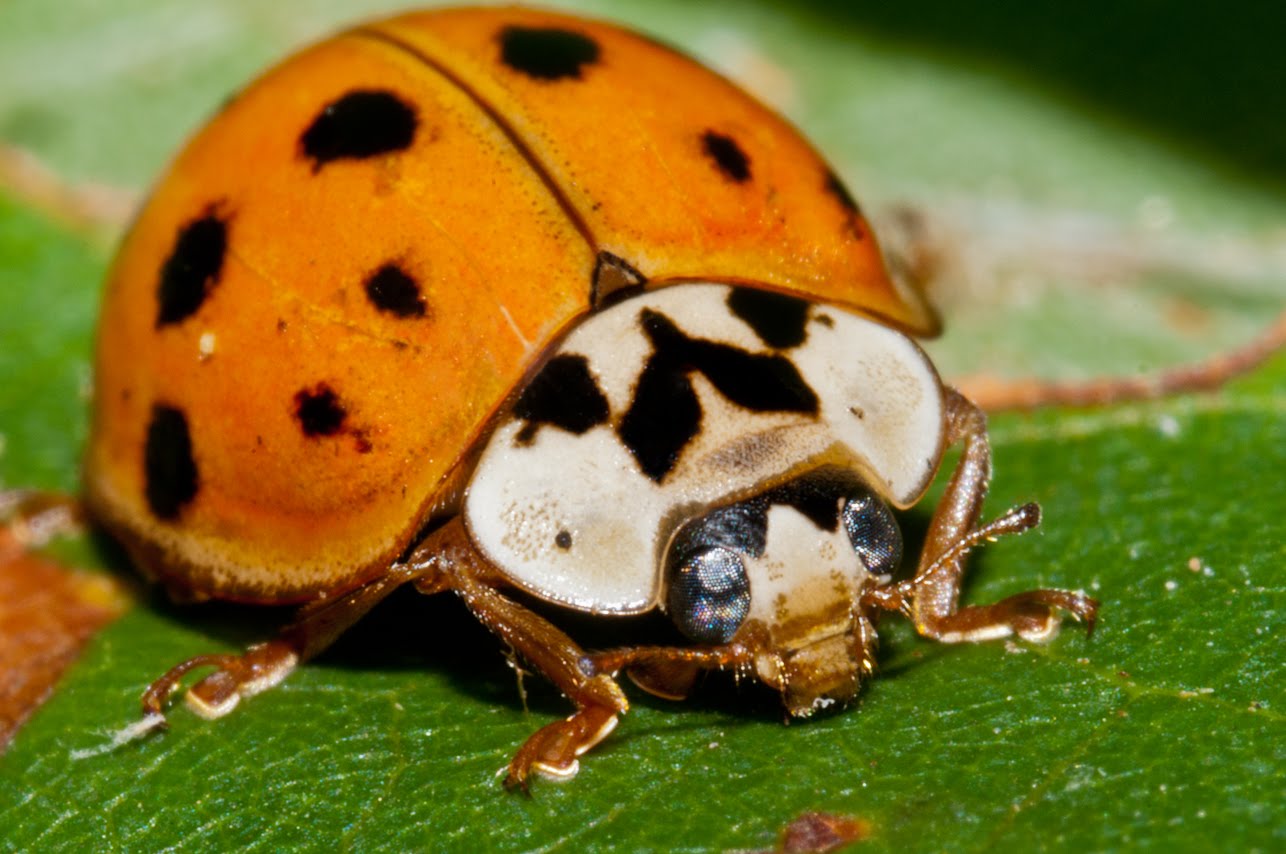As pet owners, encountering unusual issues with our furry friends is an inevitable part of the journey. One such issue is the presence of Asian bugs in a dog's mouth, which can be alarming for any dog owner. These pests can pose various health risks, not only to the dog but also to the household. In this comprehensive article, we will delve into the world of these bugs, exploring why they appear in dogs' mouths, the potential dangers they bring, and effective measures to prevent and treat infestations. With a focus on expertise, authoritativeness, and trustworthiness, this guide aims to equip you with the knowledge needed to protect your beloved pets.
Understanding the biology and behavior of these bugs is crucial for effective prevention and treatment. Additionally, we will discuss the signs of an infestation, the health risks associated with Asian bugs, and what steps pet owners can take when faced with this issue. By the end of this article, you will have a clear understanding of how to keep your dog safe from these pests and ensure their health and happiness.
In a time when caring for our pets is more important than ever, educating ourselves about potential threats like Asian bugs in dogs' mouths is essential. This article will serve as your go-to resource for navigating this challenge, allowing you to make informed decisions for your pet’s well-being.
Table of Contents
- Understanding Asian Bugs
- Types of Asian Bugs Found in Dogs
- Health Risks to Dogs
- Symptoms of Infestation
- Prevention Techniques
- Treatment Options
- When to See a Vet
- Conclusion
Understanding Asian Bugs
Asian bugs, particularly those that may find their way into a dog's mouth, include a variety of insects known for their resilience and ability to thrive in diverse environments. Common types include:
- Asian Lady Beetle
- Asian Giant Hornet
- Boxelder Bugs
- Stink Bugs
These pests often seek shelter in homes and can be inadvertently ingested by pets during play or exploration. Understanding their life cycle and behavior is key to preventing infestations.
Types of Asian Bugs Found in Dogs
Several types of Asian bugs can be found in dogs’ mouths. Here are some of the most common:
- Asian Lady Beetle: Recognizable by their orange or yellow coloration with black spots, these beetles are often drawn to light and can enter homes in large numbers.
- Asian Giant Hornet: Known for their size and aggressive behavior, these hornets pose a significant threat to pets if provoked.
- Boxelder Bugs: These insects are harmless but can become a nuisance when they invade homes.
- Stink Bugs: Recognizable by their distinct odor, stink bugs can cause discomfort if ingested.
Characteristics of Each Bug
Each of these bugs has unique characteristics and behaviors that contribute to their presence in homes and around pets.
Health Risks to Dogs
Ingesting Asian bugs can lead to various health risks for dogs. Some of these risks include:
- Choking Hazard: Large bugs can pose a choking risk, especially for smaller dog breeds.
- Allergic Reactions: Some insects may trigger allergic reactions, resulting in swelling or difficulty breathing.
- Gastrointestinal Issues: Ingesting bugs can lead to vomiting, diarrhea, or other digestive problems.
Symptoms of Infestation
Pet owners should be vigilant for signs of infestation, which may include:
- Excessive drooling
- Gagging or coughing
- Loss of appetite
- Unusual behavior or lethargy
Prevention Techniques
Preventing Asian bugs from infiltrating your home and your dog's mouth involves several proactive measures:
- Regularly inspecting your home for entry points and sealing them.
- Keeping your yard clean and free of debris.
- Using natural deterrents, such as essential oils, to repel insects.
- Regular grooming of your dog to remove any pests.
Treatment Options
If you suspect your dog has ingested an Asian bug, consider the following treatment options:
- Monitor your dog for any signs of distress or illness.
- Contact your veterinarian for advice on appropriate treatment.
- Administer any recommended medications to alleviate symptoms.
When to See a Vet
It's essential to consult a veterinarian if your dog exhibits severe symptoms, such as:
- Persistent vomiting or diarrhea
- Difficulty breathing
- Signs of an allergic reaction
Conclusion
In summary, being aware of the risks associated with Asian bugs in dogs' mouths is vital for any pet owner. By understanding the types of bugs, recognizing the symptoms of infestation, and implementing preventive measures, you can protect your dog from potential harm. If you have any questions or concerns about your pet’s health, don’t hesitate to reach out to your veterinarian for guidance. Share your thoughts or experiences in the comments below, and feel free to explore our other articles for more valuable pet care tips.
Thank you for taking the time to read this guide on Asian bugs in dogs' mouths. We hope this information empowers you to keep your furry friends safe and healthy!
Famous Books For Women: A Curated List Of Empowering Reads
Christmas Pajamas At Target For Women: Your Ultimate Guide
Understanding The Lady Bird Lake Deaths In 2024: A Comprehensive Analysis


